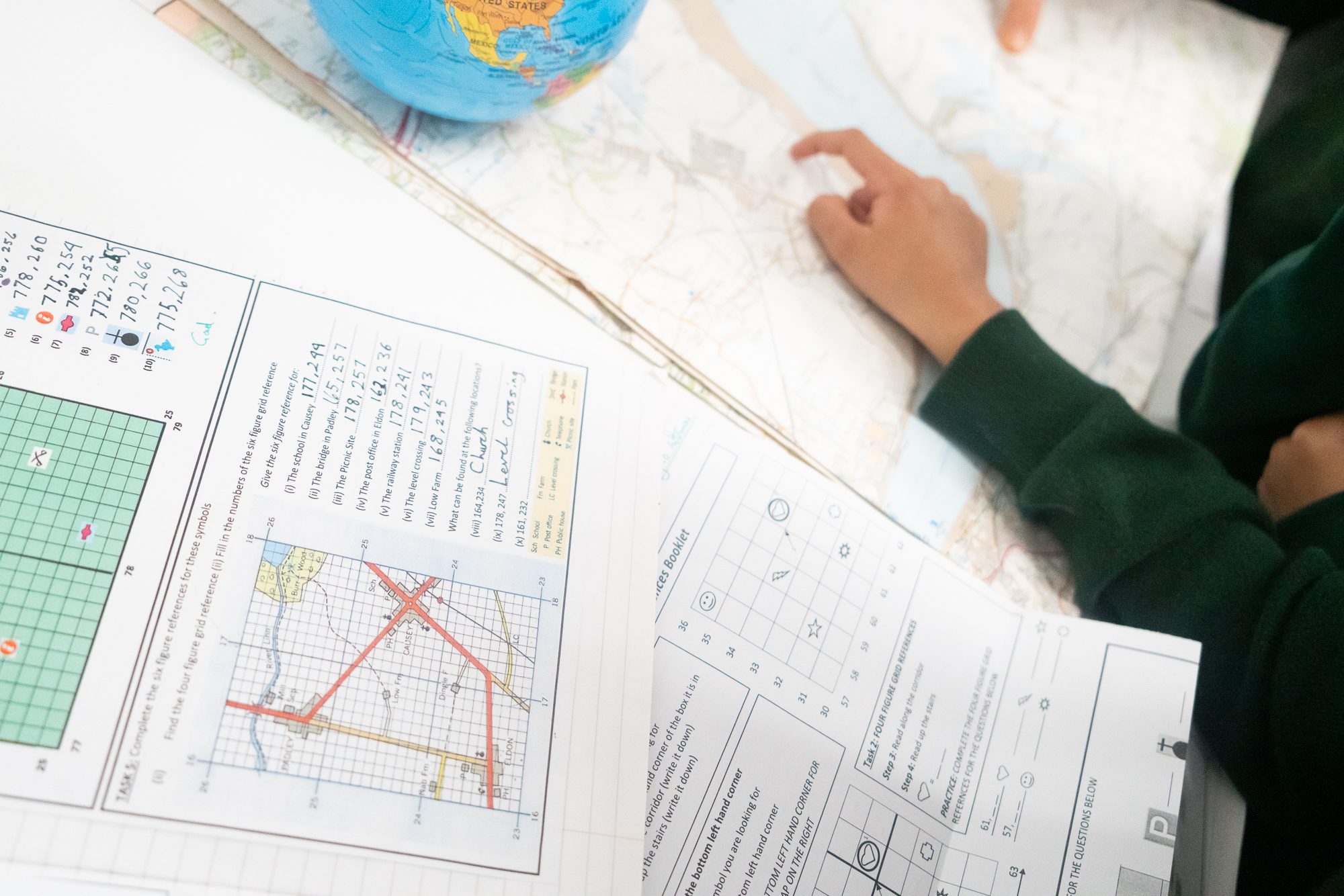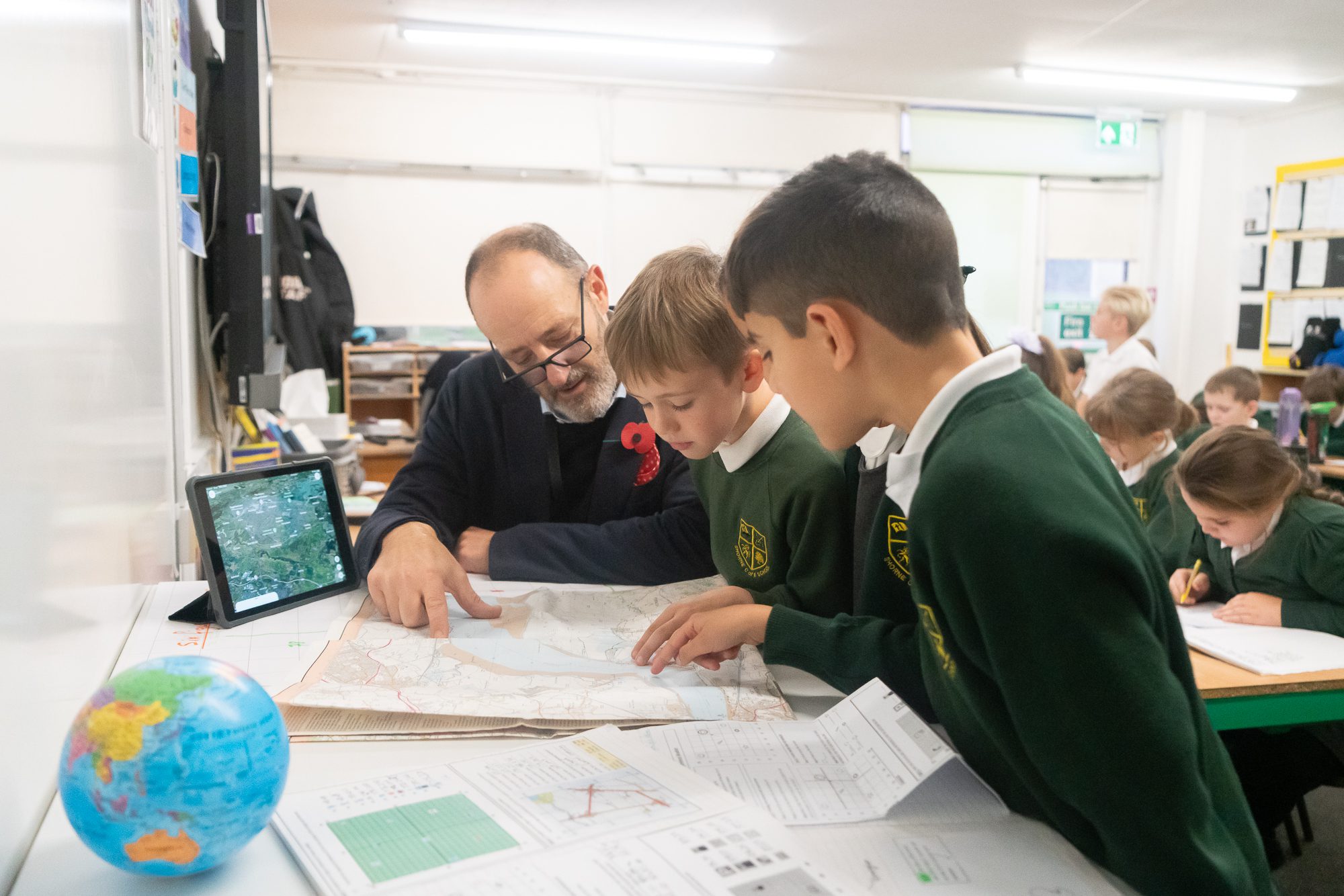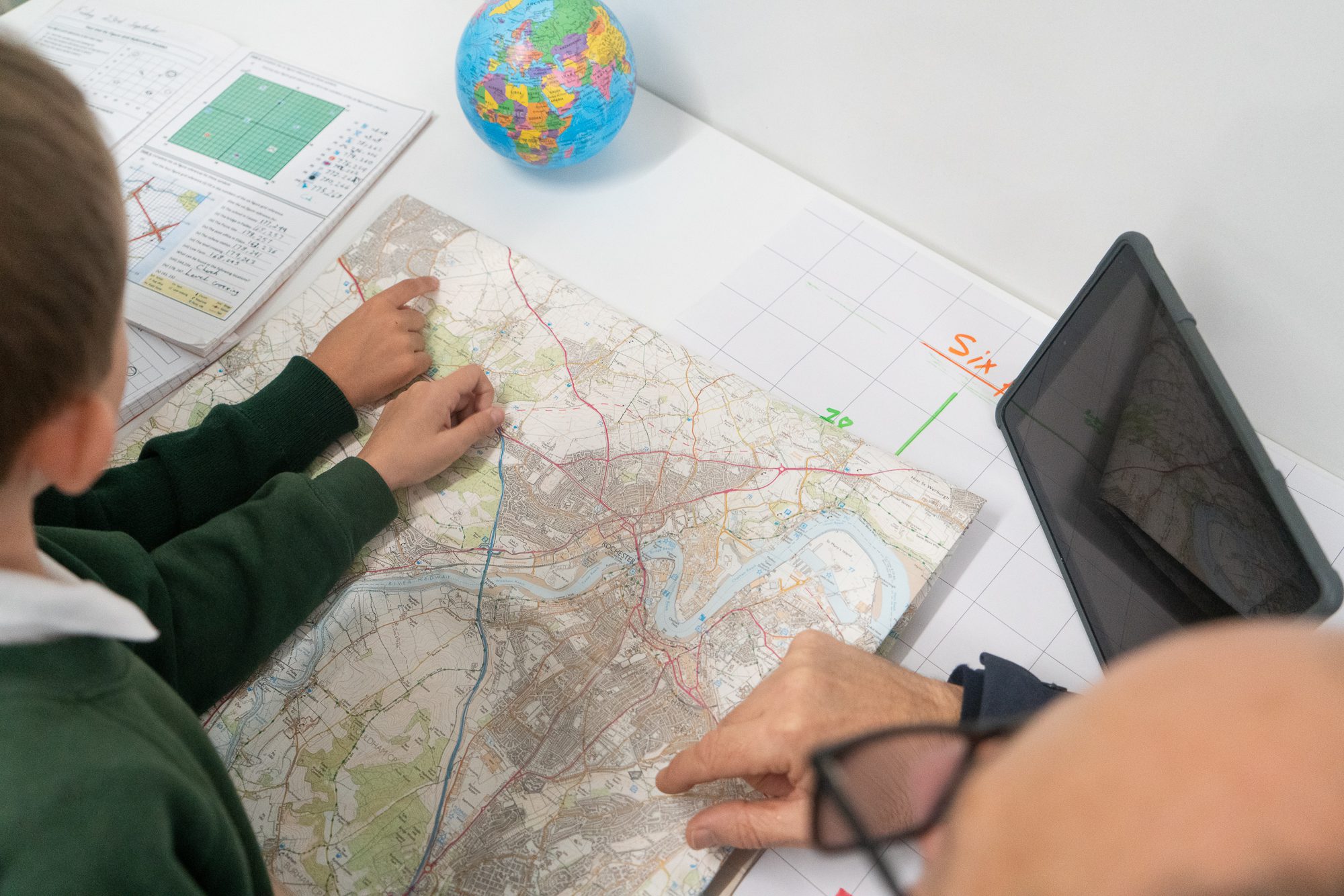Geography Subject Leader: Mr M Mallinson
Geography encourages pupils’ awareness of what is around them globally and locally, by enhancing their knowledge of countries, regions, cultures, and environments.
Intent
At Shorne Church of England Primary School, we believe a high-quality Geography education should inspire in children a curiosity and fascination about the natural world and its people. Geography at Shorne aims to motivate and encourage children to be inquisitive about the world around them and to interpret what they see. We intend for the children to become passionate and knowledgeable about our local community and beyond, learning through experiences in practical and fieldwork activities.


Implementation
Through a well-sequenced curriculum, children are equipped with knowledge about diverse places, people, resources and natural and human environments, together with a deep understanding of the Earth’s key physical and human processes. We teach children to communicate geographical information in a number of ways, including through maps and to interpret a range of sources of geographical information including atlases, diagrams and digital mapping. Children are scaffolded to think deeply and question, and are encouraged to discover answers to questions through exploration and research to enable them to gain a greater understanding and knowledge of the world and their place in it. There is careful consideration about our world and how we can look after it to ensure sustainability of our planet and develop an appreciation for this. Children’s learning is built upon year by year through revisiting and repetition at deepened levels to embed geographical knowledge.
Impact
Children are confident geographers, and able to use a wide range of geographical vocabulary to talk about the world around them and their understanding of physical and human features. They have a good understanding of their place in the world and beyond, and the lasting effects humans have on the natural world.

Geography in Each Stage
Children learn geography in EYFS under the umbrella of ‘Understanding the World’. They learn to investigate places, describing where they live and where they are, and what they notice about these places. They investigate patterns, noticing spatial relationships and links between places and objects in a space, pointing out landmarks and seeing where their country is in relation to others on a map. They also learn to communicate geographically, developing knowledge of visual representations such as maps and using geographical terminology. Children also learn about ecology, and how to look after and sustain our planet, developing a respect for the natural world.
Pupils will be able to:
- Investigate the world’s continents and oceans.
- Investigate the countries and capitals of the United Kingdom.
- Compare and contrast a small area of the United Kingdom with that of a non-European country.
- Explore weather and climate in the United Kingdom and around the world.
- Use basic geographical vocabulary to refer to and describe key physical and human features of locations.
- Use world maps, atlases and globes.
- Use simple compass directions.
- Use aerial photographs.
- Use fieldwork and observational skills.
Pupils will be able to:
- Locate the world’s countries, with a focus on Europe and countries of particular interest to pupils.
- Locate the world’s countries, with focus on North and South America and countries of particular interest to pupils.
- Identify key geographical features of the countries of the United Kingdom, and show an understanding of how some of these aspects have changed over time.
- Locate the geographic zones of the world.
- Understand the significance of the geographic zones of the world.
- Understand geographical similarities and differences through the study of human and physical geography of a region or area of the United Kingdom (different from that taught at Key Stage 1).
- Understand geographical similarities and differences through the study of human and physical geography of a region or area in a European country.
- Understand geographical similarities and differences through the study of the human and physical geography of a region or area within North or South America.
- Describe and understand key aspects of:
- physical geography: including climate zones, biomes and vegetation belts, rivers, mountains, volcanoes and earthquakes and the water cycle
- human geography: including settlements, land use, economic activity including trade links and the distribution of natural resources including energy, food, minerals and water supplies.
- Use maps, atlases, globes and digital/computer mapping to locate countries and describe features studied.
- Use the eight points of a compass, four-figure grid references, symbols and keys (including the use of Ordnance Survey maps) to build knowledge of the United Kingdom and the world.
- Use a wide range of geographical sources in order to investigate places and patterns.
- Use fieldwork to observe, measure and record the human and physical features in the local area using a range of methods, including sketch maps, plans and graphs and digital technologies.
Geography Progression
Assessments
Teacher assessment is ongoing and forms part of our planning process in all subjects. Pupils’ attainment in all subjects is tracked 3 times per year against teacher assessment frameworks.
SEND Information
Interventions, support, and challenges are constantly revised and adapted to ensure all children are supported in achieving learning. Learning is robustly and continuously monitored and assessed to ensure gaps in learning are addressed. Teachers and support staff offer adaptive teaching to enable access for all, and may provide scaffolds, pre-teaching, and other support and intervention, as outlined in the Kent Mainstream Core Standards. Pupils may also be supported to access learning through the use of Clicker software.
Geography Resources
Further Geography Help

